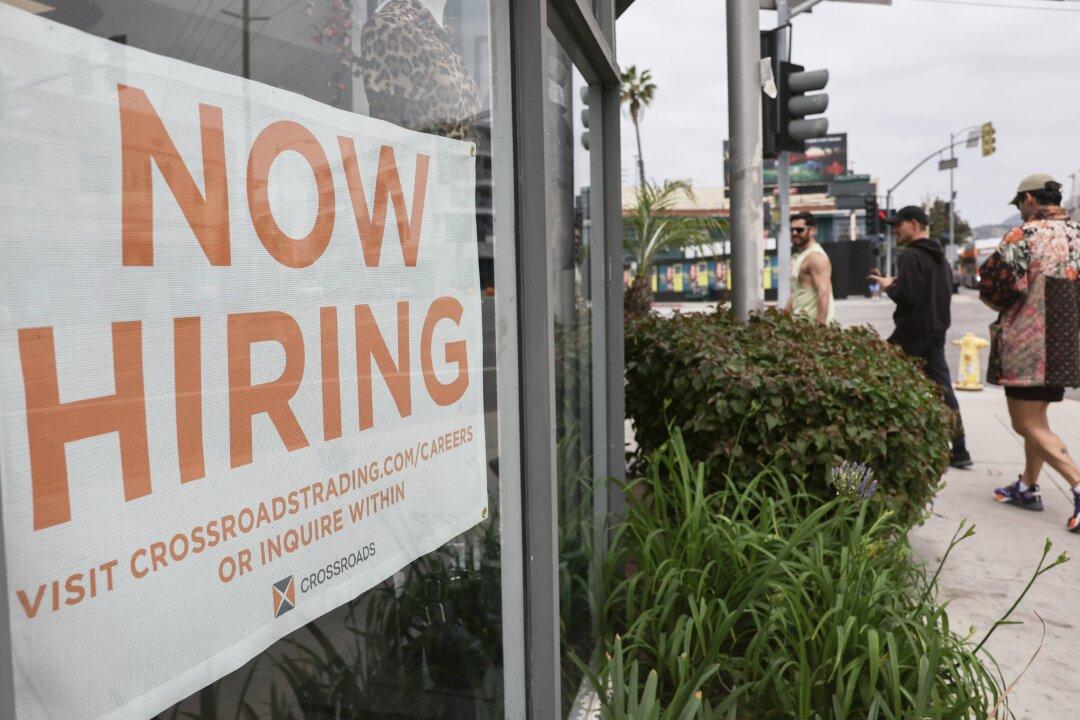Job openings in the United States have fallen below 9 million for the first time in over two years, shrinking for the third consecutive month.
A smaller number of workers quit their jobs in July, as businesses hired fewer workers and layoffs rose slightly, as the tight employment market cooled off, according to the Bureau of Labor Statistics’ Job Openings and Labor Turnover Survey (JOLTS) report.





